Shifting behaviour, saving sharks.
Last year, 18 species of sharks and rays were listed on CITES Appendix II. This raised an alarming red flag over these species, and made us all aware that we have a big problem. Putting wedgefishes, giant guitarfishes and shortfin mako sharks on CITES Appendix II commits governments to regulating the legal and sustainable trade of endangered species. But these commitments are top-down, which can seem very disconnected from our daily lives. So what on earth does this have to do with each of us? We know sharks and rays are in deep trouble, but what can we do about it?
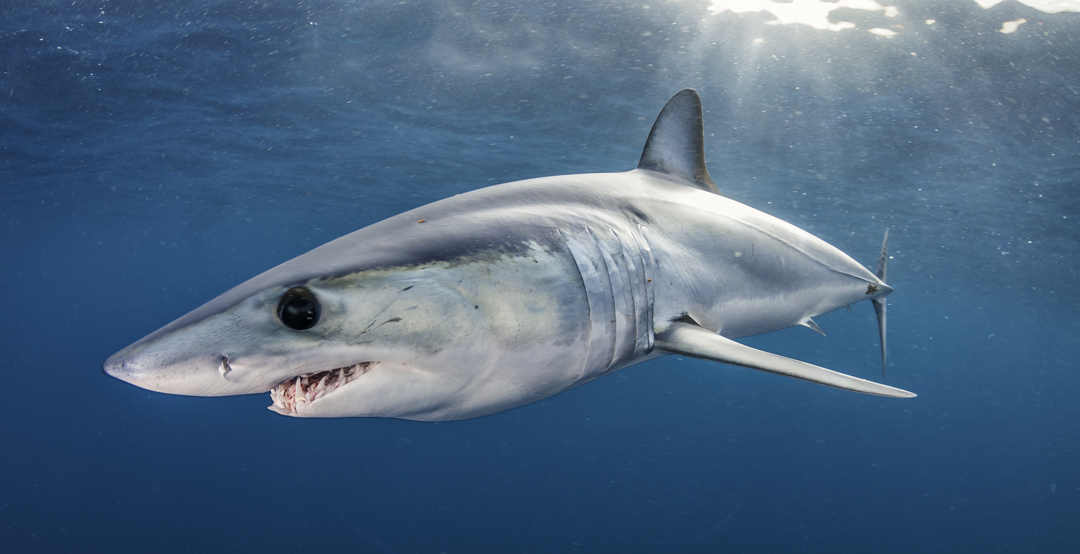
A Shortfin mako shark swimming just under the water's surface off the coast of Cape Town, South Africa. Photo © Alessandro De Maddalena | Shutterstock
We spoke to Dr Andrew Chin, a scientific adviser to the Save Our Seas Foundation and coastal fisheries scientist based in Queensland, Australia. An Australian Institute of Marine Science and James Cook University Postdoctoral Research Fellow, he is one of the founders of the Ocean Chondrichthyan Society.
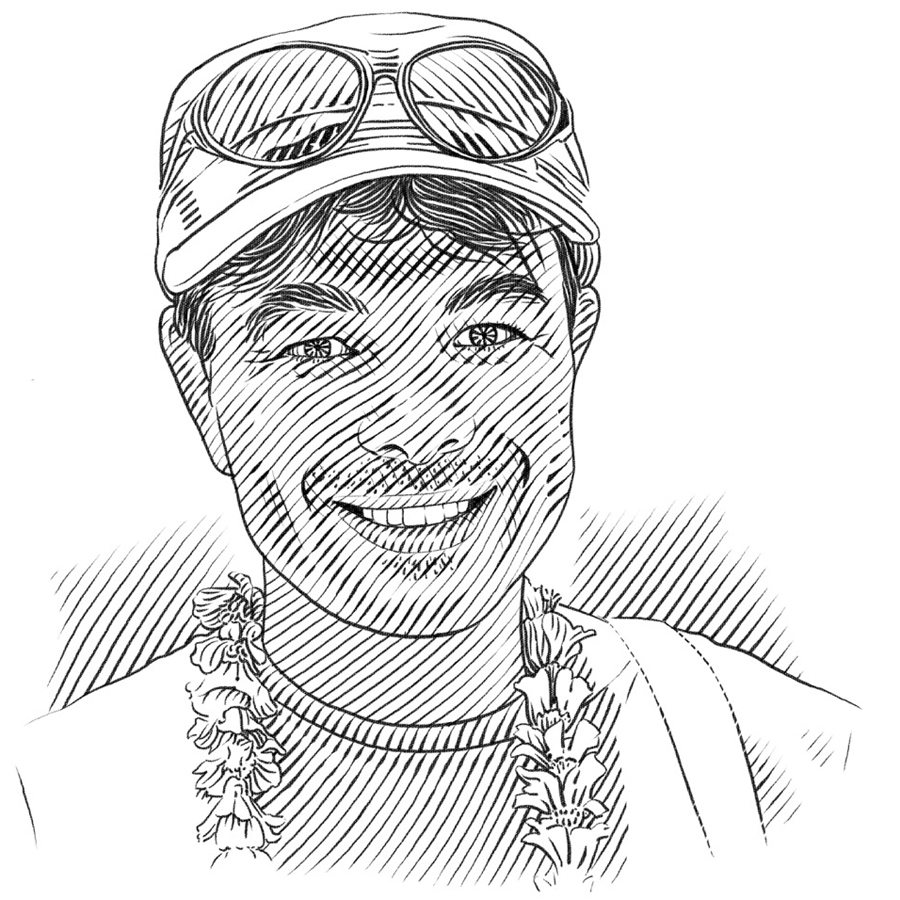
Dr. Andrew Chin
Andrew is particularly interested in coastal fisheries: the ecology and biology of the fish that are caught, how the fisheries and communities who rely on them ‘work’, and how the fisheries can be sustainable into the future. Andrew gave us a few insights into how he integrates his scientific knowledge into his daily lifestyle practice, helping to save sharks with the power of his dinner plate.
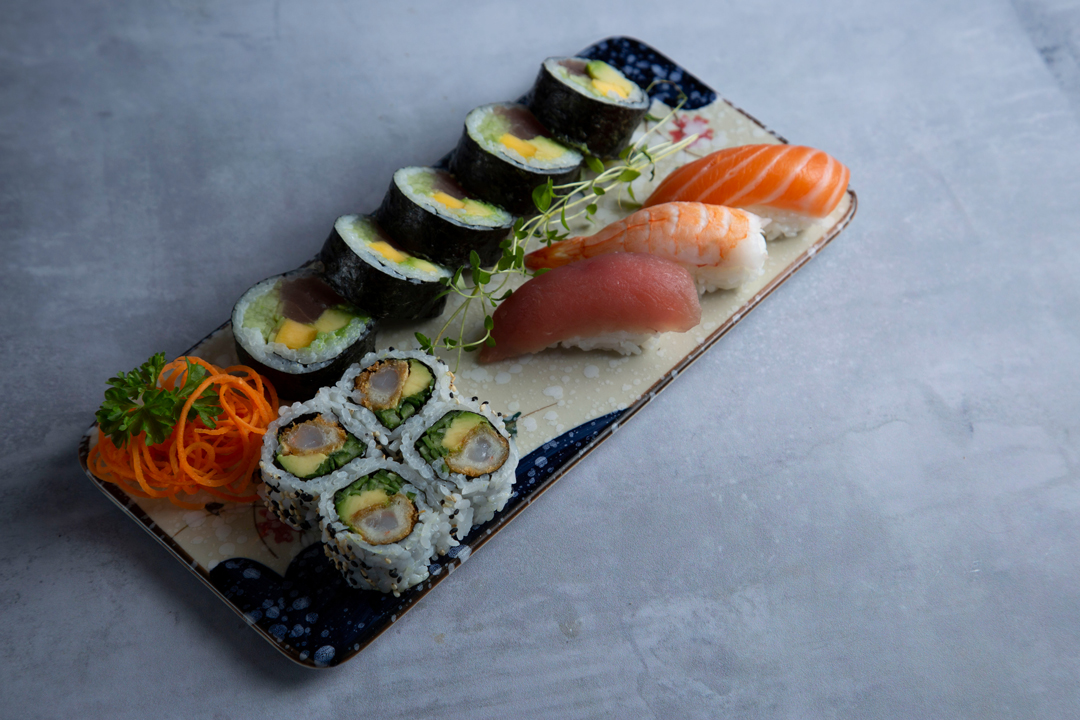
Gourmet sushi platter. Photo © Martina Lanotte | Shutterstock
Q: Is managing overfishing an issue for governments to solve, or is there relevance for action from us consumers?
A: In my view, we need both top-down (government) and bottom-up (consumers) approaches. Multilateral environmental agreements (MEAs) like CITES set the international tone and context for how we manage threatened species. This is the global community saying: “These species need to be protected”. According to CITES, national governments are required to implement certain commitments. Then they have to do what they can to manage the use of marine resources. At the end of the day, this all comes down to people. Management is about people: whether these are people on the decks of industrial fishing boats, those who run the fishing companies, or artisanal and subsistence fishers. So, CITES is international, but its ramifications reach all the way down to what people do on the ground. National and regional governments, and NGOs – we all have a part to play in how that happens at the level of the fisherman.

Fishers on the deck of a fishing vessel. Photo © DoublePHOTO studio | Shutterstock
Q. You’re based in Australia – which seafood watch apps and information are available to consumers to make informed choices?
A. The Marine Stewardship Council (MSC) is one of the best-known seafood certification programmes. Many fisheries in Western Australia have been trying to demonstrate their sustainability to achieve MSC certification (the northern prawn fishery is an example). Another one for Australians is the Status of Australian Fish Stocks reports. This is a fishery-by-fishery assessment that uses the principles of ecosystem-based management for reporting. Any certification is going to give grey areas, but it’s better to have some information to make better choices than to have none at all.
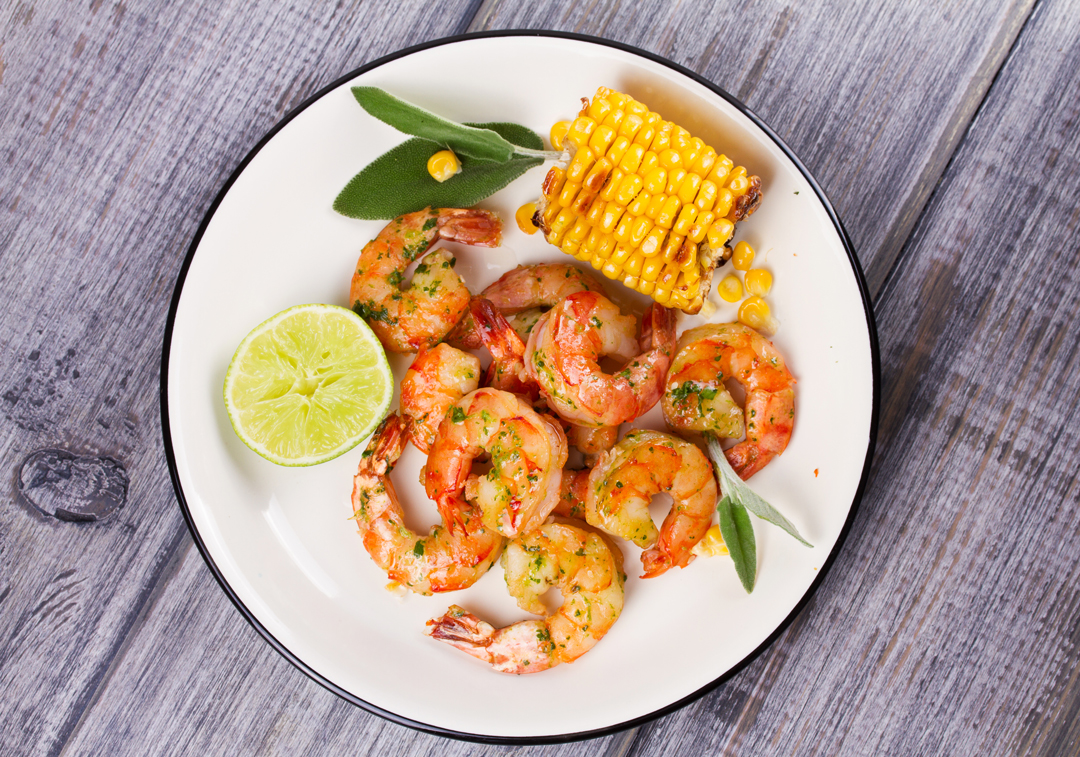
A plate of grilled prawns and corn. Photo © freeskyline | Shutterstock
One of the biggest issues, however, is proper seafood labelling. Unfortunately, it can be quite hard for the consumer to know what they’re eating, even when they have ordered something they believe is certified, or listed as sustainable on a seafood app. We have a far way to go in improving trade and traceability, and the ability to correctly identify what you’re buying in the shop. It’s about giving the consumer the option and information to make an informed choice about what they’re eating.
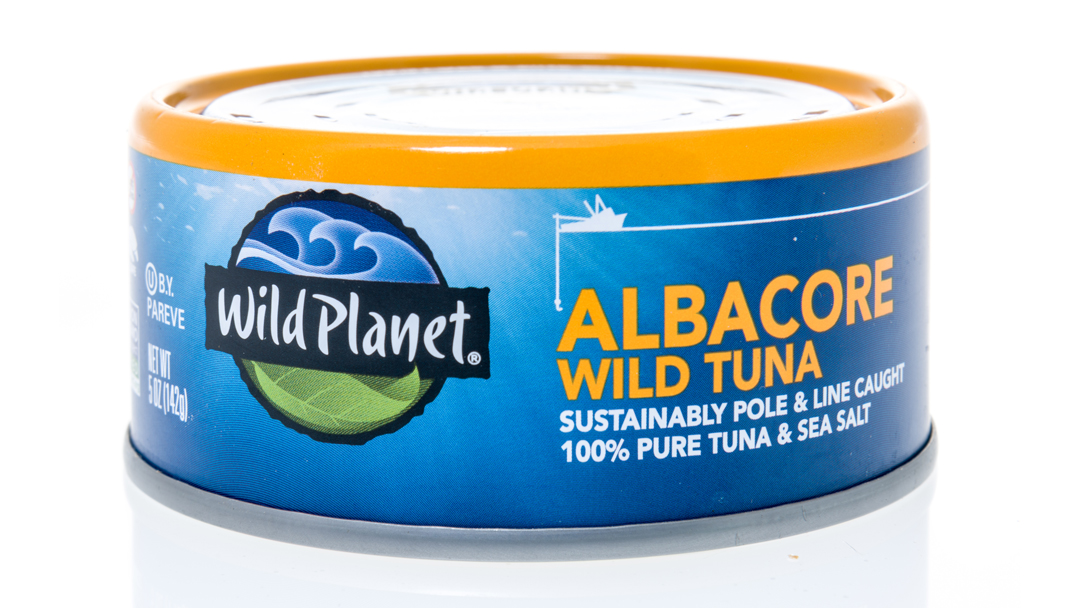
A can of wild tuna, clearly marked as line caught and sustainable. Photo © Keith Homan | Shutterstock
Q. How do you try to integrate your own scientific insights, and conservation experience, into your personal lifestyle practice?
A. When it comes to seafood, my three principles are to 1) know what I’m eating, 2) where it comes from and 3) how it’s caught. With that as my basis, I source seafood with minimal bycatch (incidental catch) that is demonstrably sustainable (I know that there are stock assessments of that species’ population), and it must be very clear what species it is (labelled and identifiable). My personal take is to ensure that any seafood I eat is fresh (locally caught) and minimally processed (lowers food transport miles and my carbon footprint). When I’m at home in Australia, I have a local fishmonger I can trust. This is all much more difficult when I’m travelling overseas, because I don’t have this information on-hand. In this case, I avoid seafood entirely (which is really difficult in Asia, because the seafood dishes are so good!) One of the dishes I’ve personally given up is sambal stingray – a glorious barbecue stingray meal that I grew up knowing in Asia. However, I can’t in good conscience sit down and eat seafood in many places around the world today when I can’t answer the questions I want to know about sustainability.
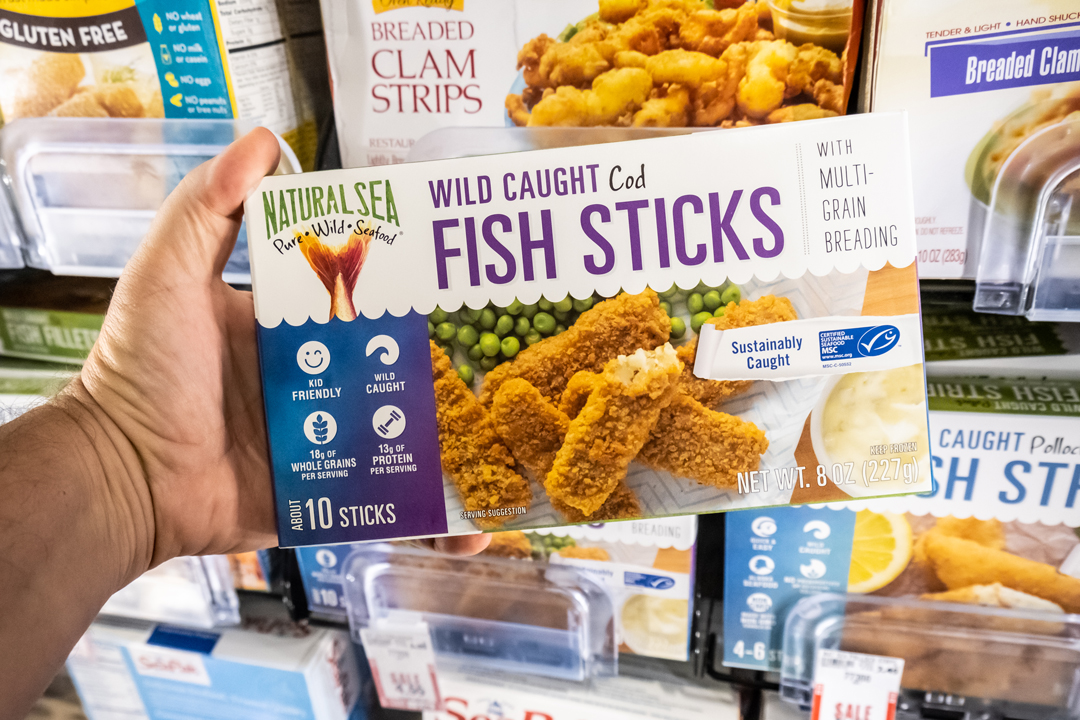
A box of wild caught fish sticks, certified sustainable and identifiable by the MSC label. Photo © calimedia | Shutterstock
Interested in using the power of your own plate?
There are different sustainability apps and websites around the world that help you answer Andrew’s three key questions whenever you order seafood.
In the USA, check out Seafood Watch from the Monterey Bay Aquarium
In South Africa, look for the South African Sustainable Seafood Initiative (SASSI) from WWF South Africa
In Europe, look for the MSC label
WWF International has a series of seafood guides for different countries in Europe and Asia that can help you navigate around the world.
